Whenever you kill any yokai in Nioh 2, there’s a chance it will drop a red, heart-looking item called a Soul Core. These give you the ability to channel that demon’s powers as attacks and provide additional bonuses based on your stats and a random roll.
Bosses always drop these items, though the boss yokai don’t need to be end-of-level enemies. As you progress in the campaign and side missions, you’ll face these enemies as mid-level fights.
It’s also worth pointing out that you will never receive one of these items from a human enemy or an enemy that is at least partly human. Several bosses are part human, part supernatural monster, and they’ll drop a Mortal variant, which can be used at a shrine to improve yokai versions to a higher level.
Soul Core Basics
Once you have at least one Soul Core and have progressed past the first several missions, you are able to control what abilities you can equip.
Though you’ll only have one Guardian Spirit initially, you’ll quickly unlock the ability to equip two, letting you use up to four yokai abilities at a time. Additionally, you’ll gain access to a third Soul Core slot for each companion farther along in the main story, increasing your options to six powers.
Each Soul Core has an Attunement cost to equip. Each Guardian Spirit, in turn, has an Attunement meter with a set number of slots that limit the kinds of combinations you can pull off.
Because Soul Cores are tied to a Guardian Spirit, you can only use up to three of them at a time. You’ll need to swap Spirits mid-combat if you want to use the other set. Your yokai shift and yokai abilities are relatively unconnected, meaning being Feral or Brute has no bearing on how costly a Soul Core is to equip or how effective it is to use.
You can carry as many Soul Cores with you as you please during a mission but die and fail to recover your Spirit and Amrita and the Cores go with them. Resting at a Shrine instantly unlocks all carried Cores, and you can equip them directly from the unlock screen or through a menu at shrines.
Soul Cores all come with an Attack and Defense stat, granting you a minor benefit to both. The real bonus is in the abilities they can roll.
The Yatsu-no-Kami version, for instance, grants increased damage against poisoned enemies, plus at least three other bonuses. I was so powerful that it received several significant nerfs after launch and remains one of the most powerful in the game late into a first playthrough.
Lastly, using the yokai ability associated with one of these items costs Anima, the purple bar below your Ki meter. Picking one up, by contrast, restores the bar and, once you have a specific Shiftling ability, grants a large chunk of healing as well.
It can be wise to leave one sitting in the middle of a heated battle, then pick it up at an opportune moment to restore your health and ready your yokai abilities again.
Additional Soul Core Use
Nioh 2 is all about progression through leveling and loot, and you will come across Cores early in the game you won’t want to give up. There’s only one way to bring one up to your current level, but there are a few ways to ensure it stays on pace with your growing power.
Soul Match and Soul Fusion
The Soul Match mechanic gives you the ability to improve yokai weapons (those that deal Corruption damage) by infusing the weapon with a Soul Core. Choose the weapon as the base and the Core as the Material. Doing so allows you to upgrade your favorite Corruption damage weapon without sacrificing another piece of equipment.
Soul Fusion requires a Mortal Soul Core or two of the same Core, and you can do it any time you’re resting at a shrine. Again, Mortal variants drop primarily from human bosses, but they are also a rare drop from One-Eyed Imp yokai and the Magara Naotaka boss.
Inside the Manage Soul Core menu, you’ll see the option for Soul Fusion. The process is similar to Soul Match, increasing the core’s level and power using one as a base and the other as the material.
Any abilities the Core possesses will improve, but its attack and defense scores will not. In this way, you’ll be able to keep using a well-rolled Core you got early in your playthrough. Don’t expect to use it forever, though. Eventually, it will be outclassed.
Resting Rites
In the Manage Soul Core menu, you’ll see an option called Resting Rites. This menu allows you to dismantle Soul Cores for Spirit Fragments and a chance at a rare yokai crafting material. You use Soul Fragments to increase your Shiftling level, augmenting your yokai shift and resistances to yokai abilities.
You might notice specific item requirements when crafting new weapons and armor that don’t seem to have an easy source. In most cases, that’s because these materials can only be obtained by dismantling Soul Cores during Resting Rites. Even then, you only have a chance of receiving the keyed material.
Be careful when in the Resting Rites menu, too, as it only takes two clicks to dismantle a Core, and you don’t want to be spamming through the menus and accidentally destroying your best DPS option.
Those are the basics when it comes to Soul Cores. The systems actually get significantly more granular once you start making a build, and you’ll be farming bosses over and over for the right combination of abilities and bonuses. You’ll also come to know which yokai abilities best fit your playstyle and how to optimize their use in combos and boss fights.

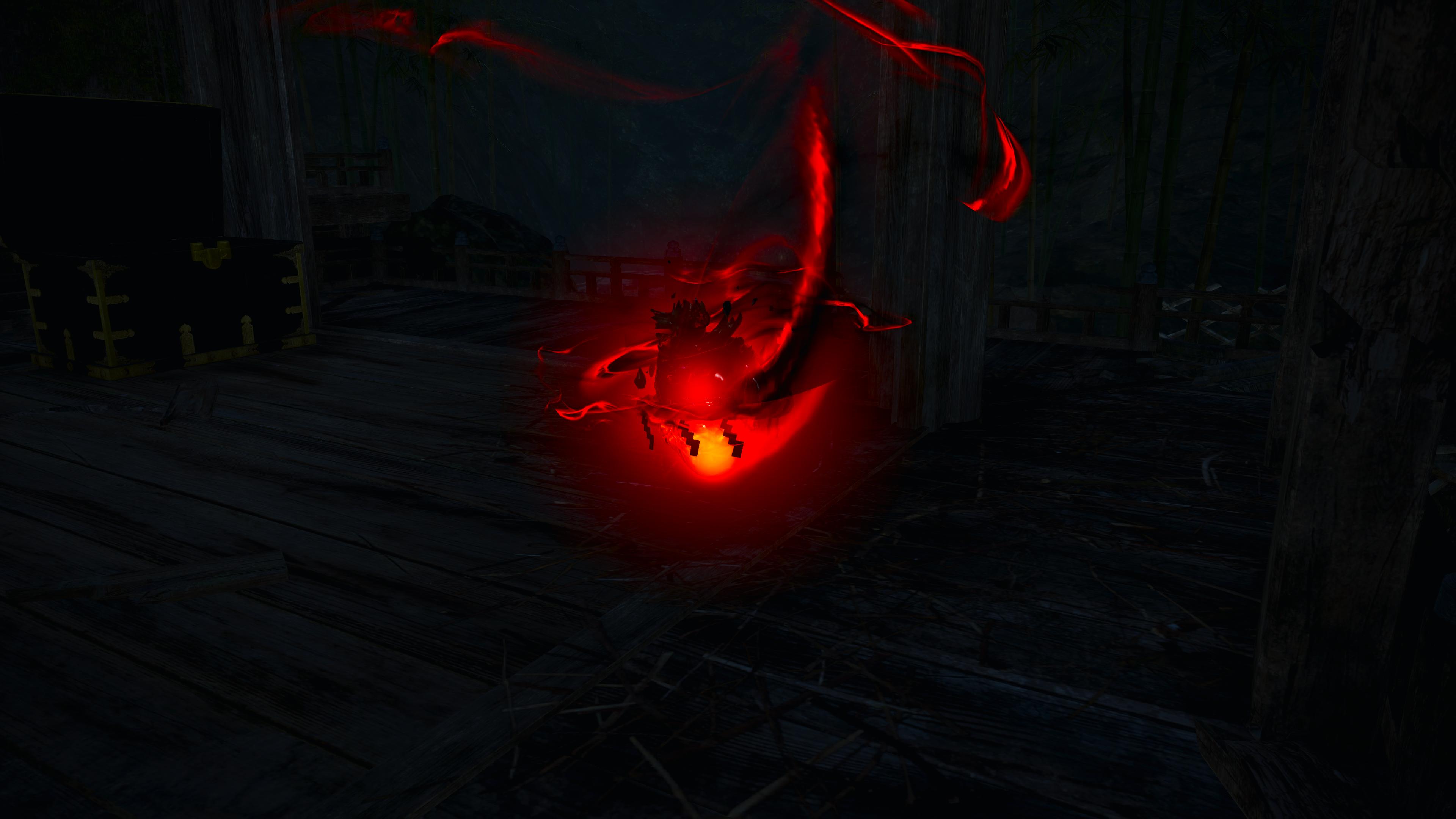
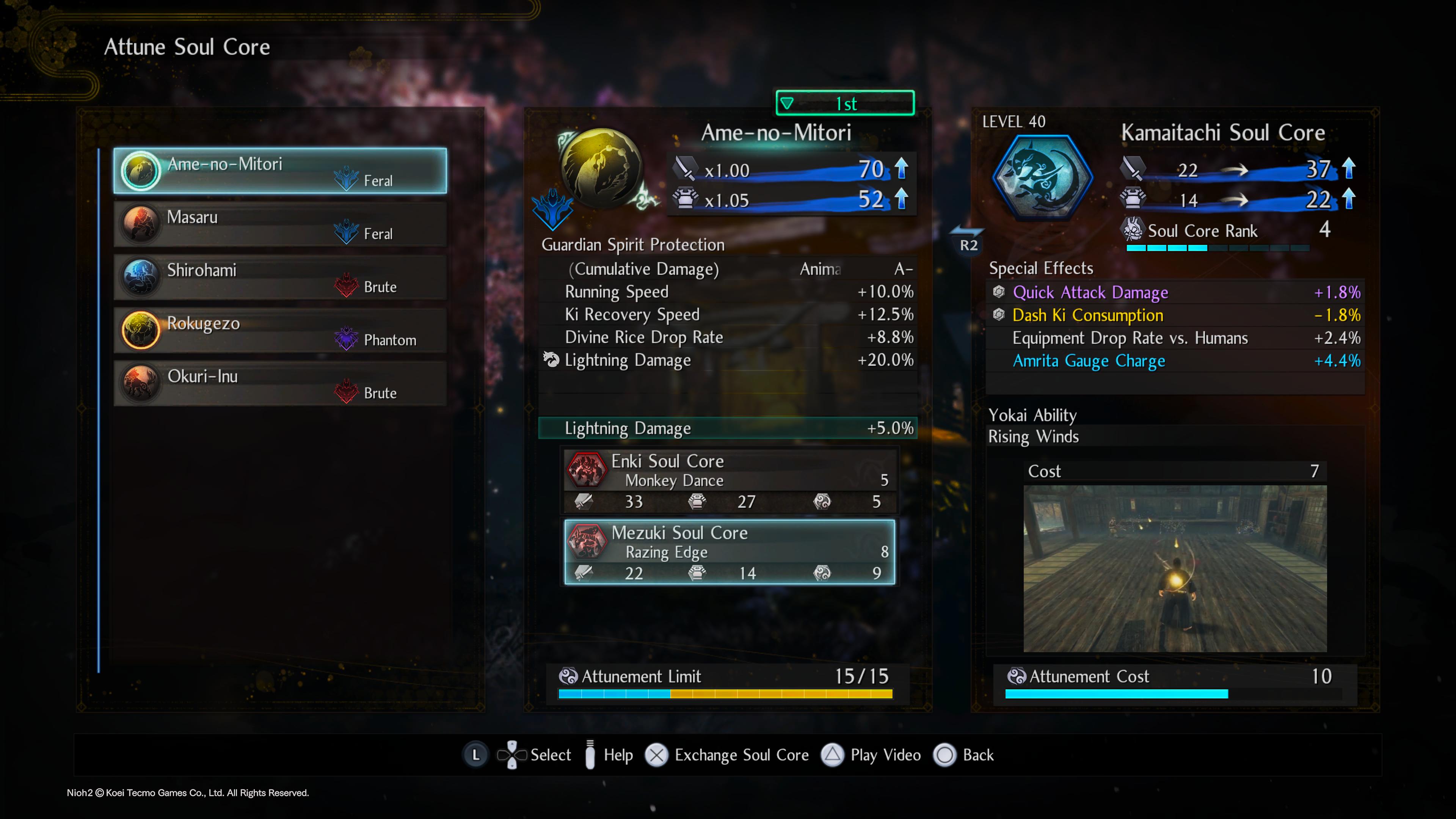
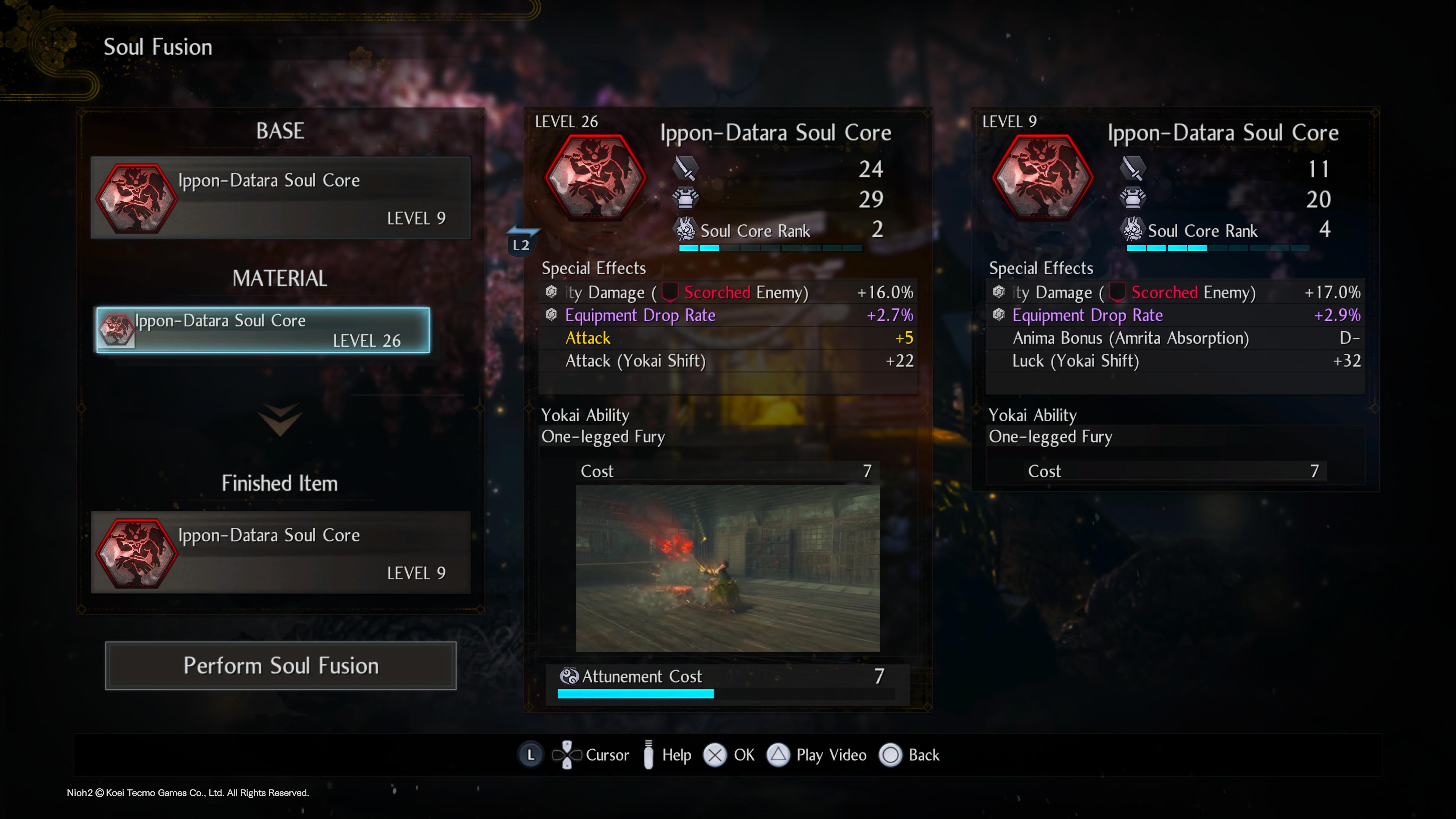
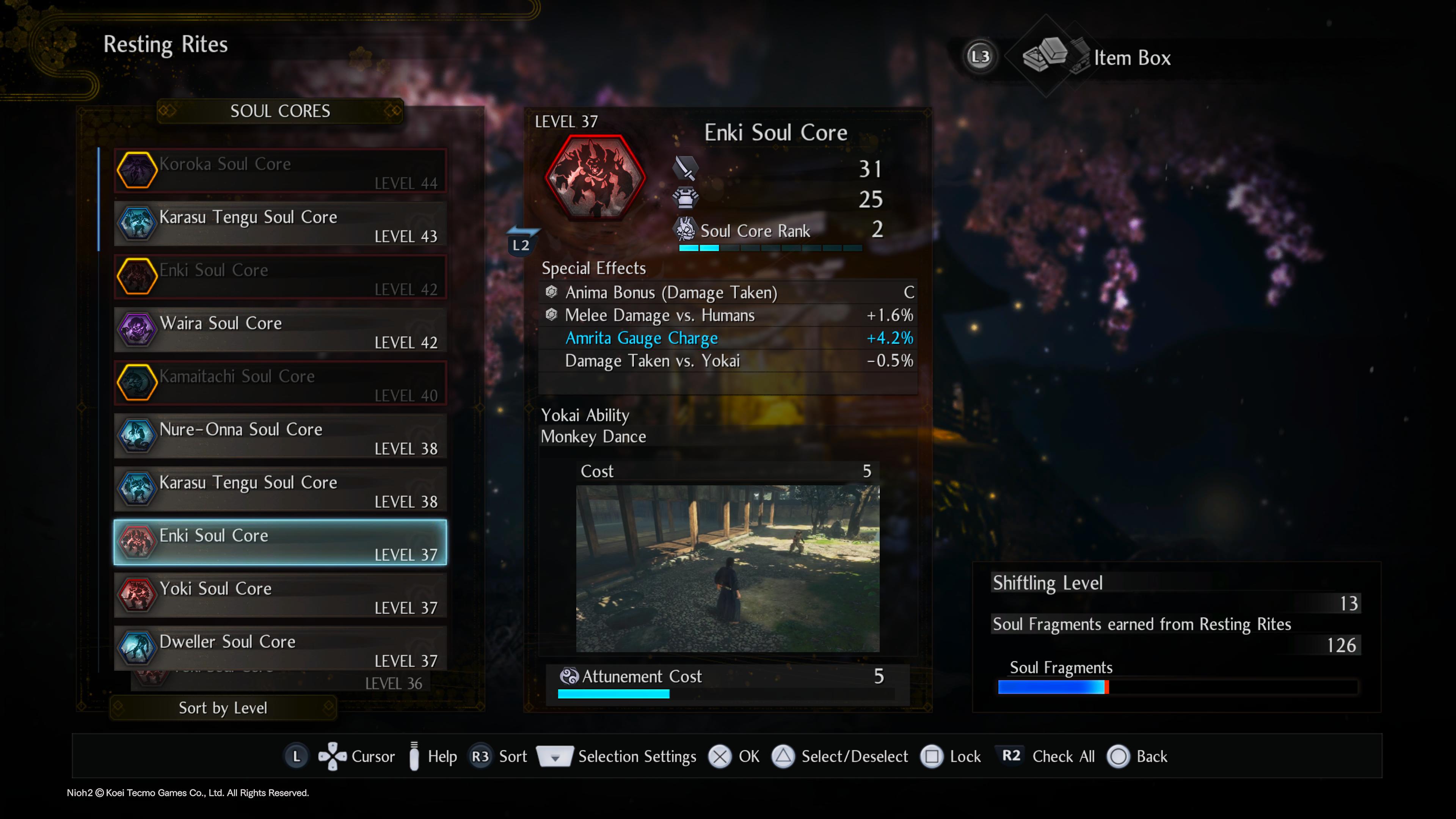

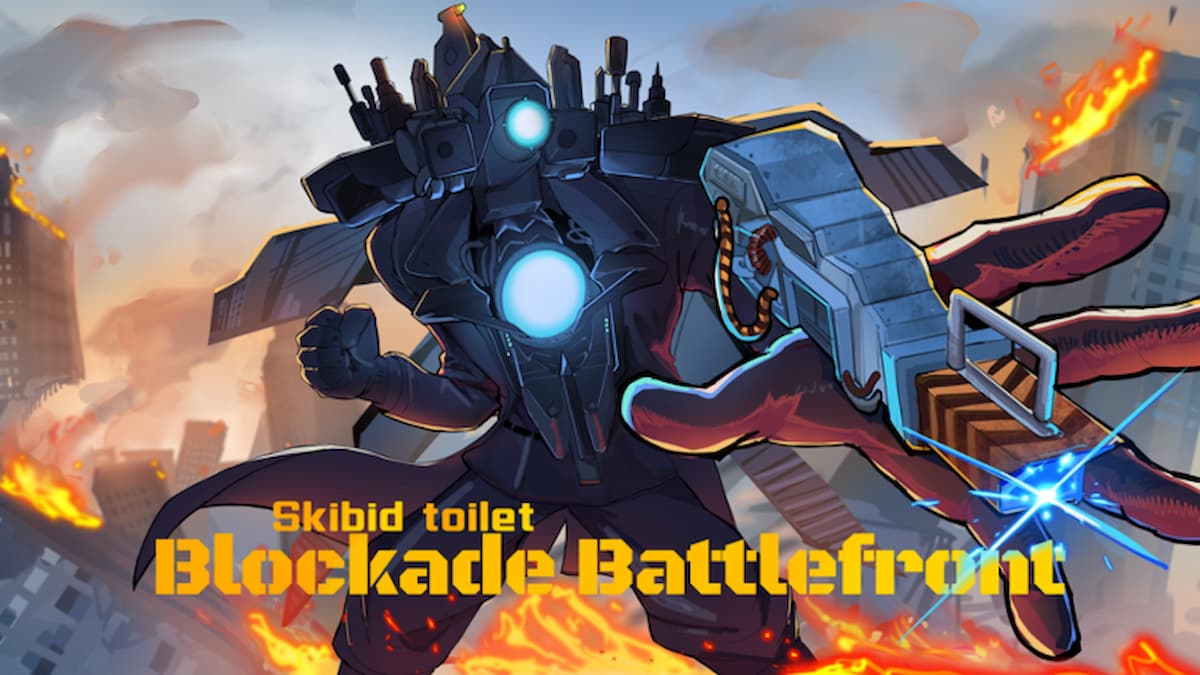
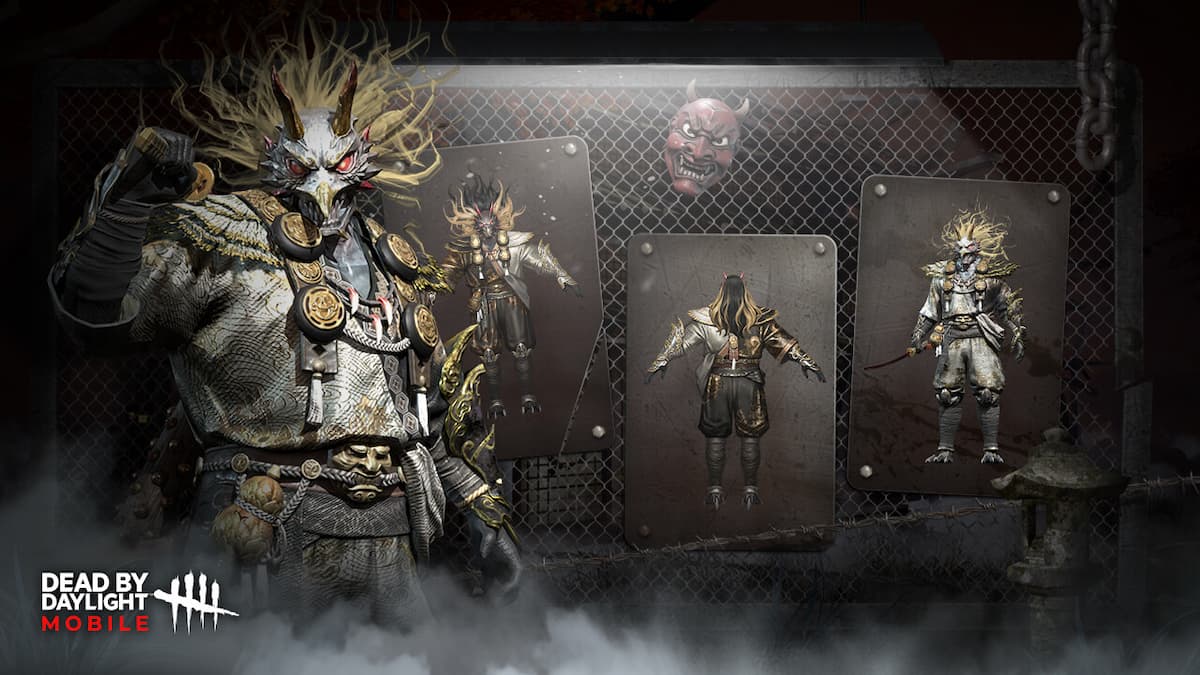


Published: Feb 15, 2021 09:11 pm